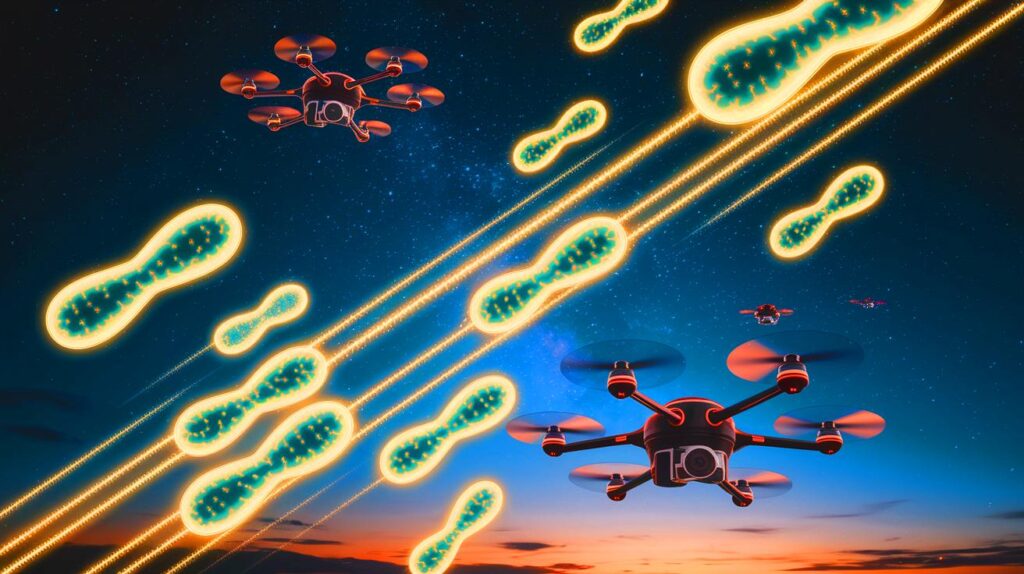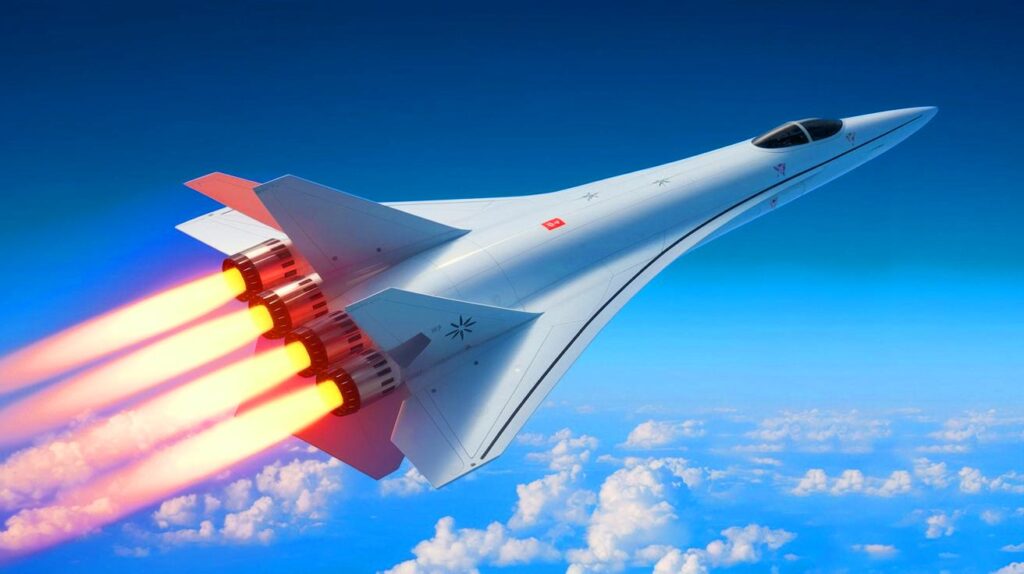| In Brief |
|
The idea of a machine capable of generating thrust without expelling a propellant could revolutionize human space travel. Although it seems to defy the laws of physics, this hasn’t deterred some from pursuing this concept. Recently, a new electrostatic design has been proposed by a former NASA engineer. Exodus Propulsion Technologies claims that this device can generate enough thrust to counteract Earth’s gravity. However, this assertion requires independent verification, and a healthy dose of skepticism remains in order.
The Legacy of EmDrive and Its Limitations
In 2001, British electrical engineer Roger Shawyer introduced the EmDrive, dubbed the “impossible engine.” This motor claimed to be reactionless, meaning it required no propellant, thus challenging the well-established laws of physics, including the conservation of momentum. This proposal sparked mixed reactions in the scientific community, with some viewing it as a challenge to principles set forth by Newton and Einstein. Despite two decades of testing, the inevitable conclusion in 2021 was that the EmDrive did not fulfill its promises.
This process exemplifies the scientific method: taking an apparently impossible idea, subjecting it to rigorous tests, and hoping to arrive at an indisputable conclusion or discoveries leading in other directions. However, the dream of a propellant-less machine did not die with the EmDrive.
The New Approach by Charles Buhler
The dream of propellant-less propulsion is gaining new momentum through Charles Buhler, a former NASA scientist. As a co-founder of Exodus Propulsion Technologies, Buhler claims to have developed an engine powered by a “New Force” that eludes current physical laws. This discovery is based on the idea that electric fields can generate a sustained force on an object without expelling mass.
Although Buhler’s work is not affiliated with NASA, he presented his findings at the Alternative Propulsion Energy Conference (APEC). His team, which includes members from NASA, Blue Origin, and the Air Force, has explored propellant-less engines for decades before turning to electrostatics. After years of experimentation, they reportedly produced an engine capable of generating sufficient thrust to overcome Earth’s gravity.
The Challenges of Scientific Validation
Buhler’s claims are intriguing, but the history of propellant-less engines is littered with promising results that collapse under scientific scrutiny. For instance, excitement around the EmDrive surged in 2016 when NASA’s Eagleworks team, dedicated to studying new forms of propulsion, claimed to measure thrust from this “impossible engine.” However, subsequent studies, including one at the Dresden University of Technology, found no thrust produced.
Before enthusiasts of alternative propulsion celebrate, it is imperative that rigorous and independent research validate these results repeatedly. While it is not impossible that Buhler and his team have discovered an unknown anomaly of physics, it remains an extremely unlikely outcome. For now, we can only refer to this engine as an “improbable engine.”
The Future of Propellant-Less Propulsion
The quest for propellant-less propulsion continues to captivate bold minds seeking new frontiers. The idea of an electrostatic force capable of generating significant thrust presents a fascinating potential for space exploration. However, every new advancement must be examined critically and with a commitment to scientific rigor.
As we explore these future technologies, it’s essential to maintain a balance between innovation and empirical verification. What other secrets might the physics of the universe still reveal to us?







